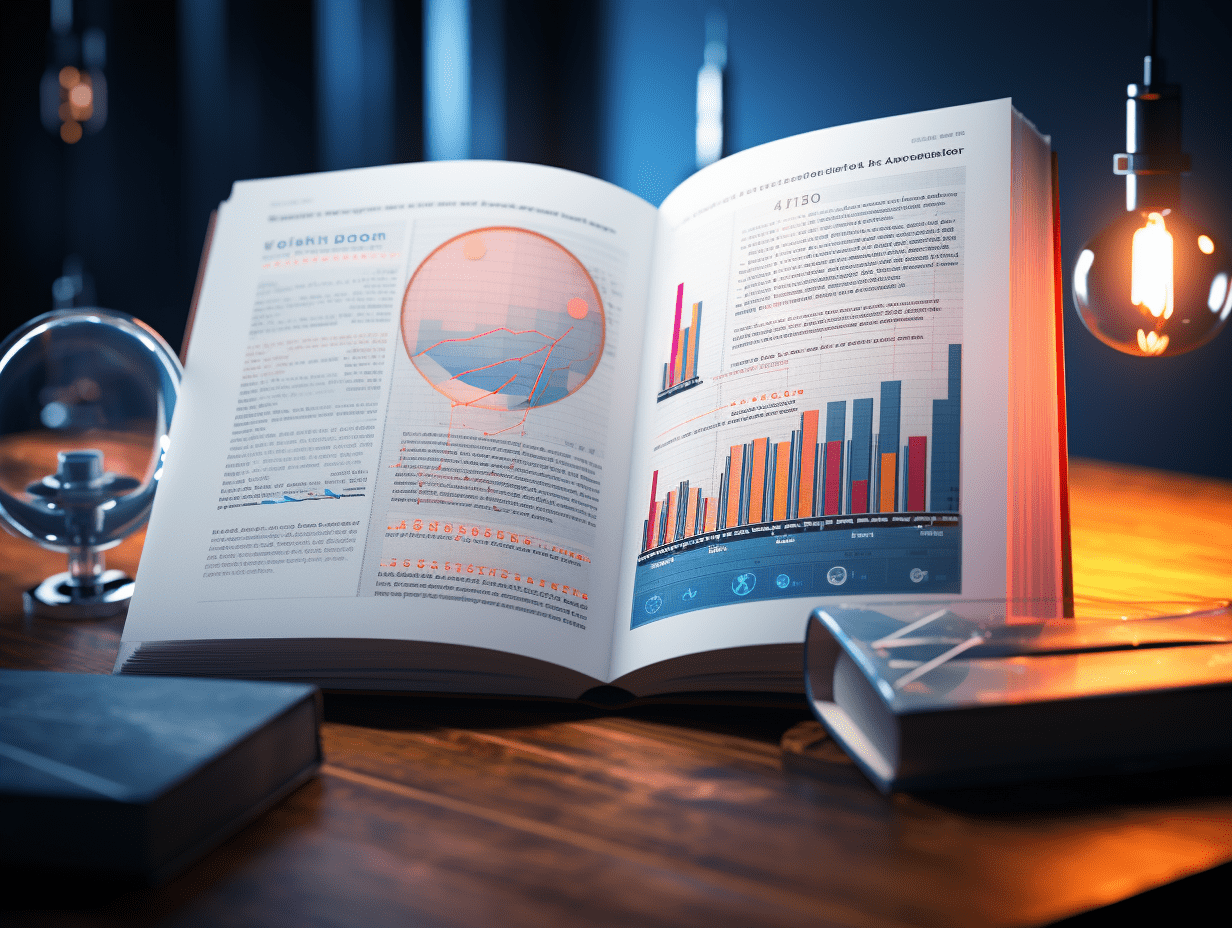
JP Morgan reminds investors to switch to defensive positions: Trump 2.0 is very different from 1.0 period.
According to the latest 2025 Global Market Strategy Report released by JP Morgan, the current market environment is significantly different from the "Trump 1.0 era" in 2017, requiring caution when it comes to growth stocks and the technology sector. Despite market expectations for regional rotation and a broad rise in risk assets, four key factorsregional growth differentiation, US dollar trends, trade policy, and bond yield environmentdo not support a simple replication of the optimistic 2017 scenario.
Trump 2.0 VS 1.0
JP Morgan points out that the economic growth backdrop in 2025 is significantly different from 2017. In 2017, the US economy grew strongly, with an annual growth rate of 20%, while emerging markets outperformed, growing by 35%. However, the situation is different in 2025, with the differences in economic growth across regions significantly narrowing. The US economy is expected to grow by 2.4%, while the Eurozone and UK are expected to grow by 0.7% each.
In 2017, the weakening US dollar due to global economic recovery had a positive impact on risk assets, emerging markets, and commodities. However, the trajectory of the US dollar in 2025 may be different. The research report indicates that the US dollar may remain strong, putting pressure on emerging markets and commodities.
Furthermore, while the global trade environment was relatively stable in 2017, trade uncertainty remains in 2025. Trade tensions, especially between the US and China, could escalate, having far-reaching implications for the global markets.
The bond yield environment in 2025 is vastly different from 2017. The bond yield rates are near 4.5% in 2025, limiting the upside potential for risk assets, unlike the low bond yield rates in 2017 that provided room for repricing.
While recent CPI data has been moderate, the University of Michigan's one-year inflation expectations have risen to 4.3%, indicating that inflation stickiness might exceed expectations. With high interest rates and high deficits, valuation of risk assets (particularly with US stocks trading at 22 times forward PE) appears vulnerable.
Tech Stocks: End of the Feast or Style Shift?
In terms of industry allocation, JP Morgan recommends investors to take a neutral stance on the technology sector, as the risks of overvaluation in this sector are becoming apparent. They suggest shifting from semiconductors to software. The bank also reiterated its view from last summer of downgrading growth stocks from "overweight" to "neutral," advising investors to gradually move towards value stocks, especially in traditional industries like energy and materials.
The bank believes that the US exceptionalism in the technology sector is diminishing, no longer leading the market as before. The high expectations for the "FANG" stocks are being challenged, as the propositions of first-mover advantage and ample cash are being challenged. In the rotation within the tech sector, JP Morgan advises reducing semiconductor stocks (high cyclical volatility) and increasing software stocks (such as SAP, with stable cash flow and clear paths for AI monetization).
Conclusion
Investors need to let go of the fantasy of a simple replication of 2017 and shift towards defensive positioning (high dividend, low valuation), focus on industries with low interest rate sensitivity (software, healthcare), and be cautious with exposure to emerging markets in a strong dollar cycle. While tech stocks may not experience an overall beta market, the structural opportunities in AI applications (such as enterprise software) are still worth exploring.
Harbin Electric Corporation Jiamusi Electric Machine (000922.SZ) has received approval from the China Securities Regulatory Commission to issue shares to specific entities.
BOCOM INTL: Industrial mother machine related data continues to improve, and the industry's prosperity in 2025 is expected to further increase.
RECOMMEND
©️2013 - 2025 GMT EIGHT Holdings. All Rights Reserved.
Contact: contact@gmteight.com


